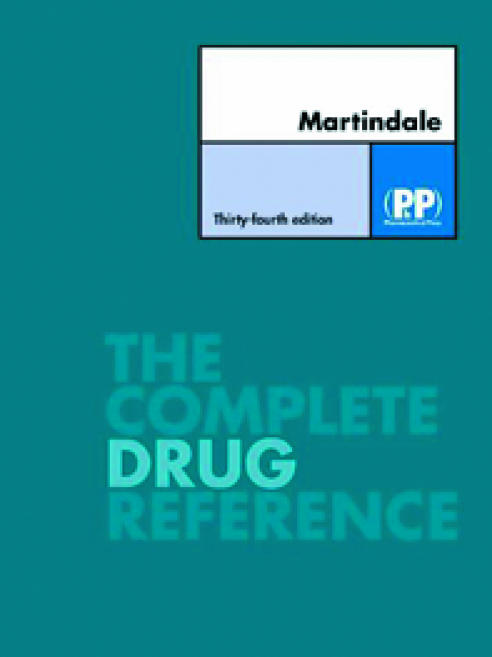Editor—Vidal et al highlight some of the difficulties that Martindale: the Complete Drug Reference encounters in attempting to evaluate and summarise the published literature, including the licensed prescribing information issued in different countries (p 263).1
The variation in the details and recommendations is partly explained by the different primary purpose and audience of the publications studied. The British National Formulary (BNF) is probably the busy UK healthcare worker's first port of call and as such reflects current licensed prescribing information and expert opinion in the United Kingdom. I imagine that the same is true for the American Hospital Formulary System Drug Information (AHFS Drug Information) in the United States. For more detail and some primary references one might consult Martindale, but as its coverage is international it also reflects a wider range of opinions than either of the former sources. Inevitably, it also encounters a greater variation of terminology. Martindale does not issue its own recommendations but reflects the published literature, and when current opinion varies this is highlighted or statements are qualified.
At Martindale we have long debated whether we, like the BNF, should define various terms, such as the degree of renal impairment, but since the original data may be differently defined it could be misleading to do so. However, when specific values are given in the literature we aim to include them. A reader of the paper by Vidal et al might be surprised by the apparent variations between sources, but they are not as great as Vidal et al would lead us to believe. The highlighted differences between Martindale and the BNF are largely minor or qualified. Some of these qualifications seem to have been ignored in the analysis.
Figure 1.

Although Vidal et al faced a real life situation in using four common available sources, one should always consider the age of the publication being used. Drugs Prescribing in Renal Failure was published in 1999 but was compared with sources from 2004.1
We share the authors' aim that the information presented should be evidence based, but in many cases the original evidence to back up licensed prescribing information is often unpublished, poor, or absent. Even Vidal et al admit that they found few helpful papers with a Medline search. Some licensed information may contraindicate a drug in renal impairment purely because it has not been studied in this situation. In Martindale this would not necessarily be included as a contraindication; a potentially useful drug should not denied to any patient unless there is supporting evidence.
The authors also call for more details along the lines of those presented in the Cochrane Library, but this would make a quick reference source such as the BNF unusable, and applied logically to all facets of drug treatment would turn an already large Martindale into an excessively expensive multivolume tome. Detail at this level could only be included in a highly specialist publication.
Vidal et al's healthy criticism helps to ensure that we all maintain our aims of providing safe, accurate, and reliable information. We would welcome similar examinations of other facets of drug information sources.
Competing interests: None declared.
See Papers p 263
References
- 1.Vidal L, Shavit M, Fraser A, Paul M, Leibovici L. Systematic comparison of four sources of drug information regarding adjustment of dose for renal function. BMJ 2005;331: 263-6 (30 July.) [DOI] [PMC free article] [PubMed] [Google Scholar]


